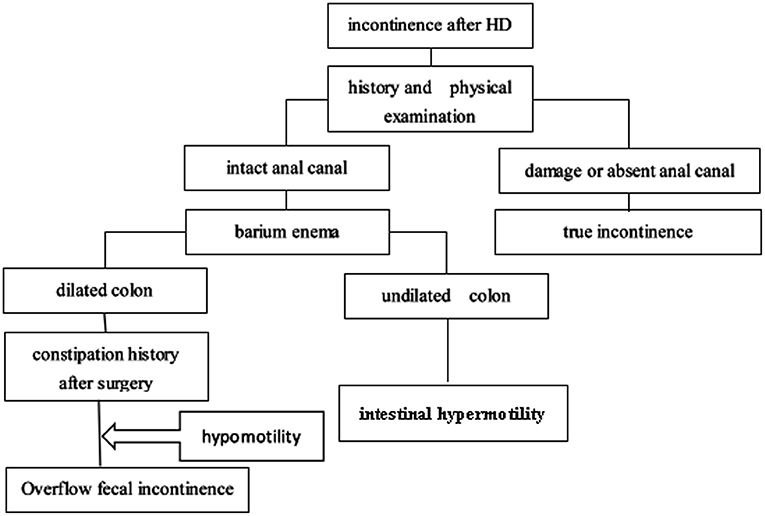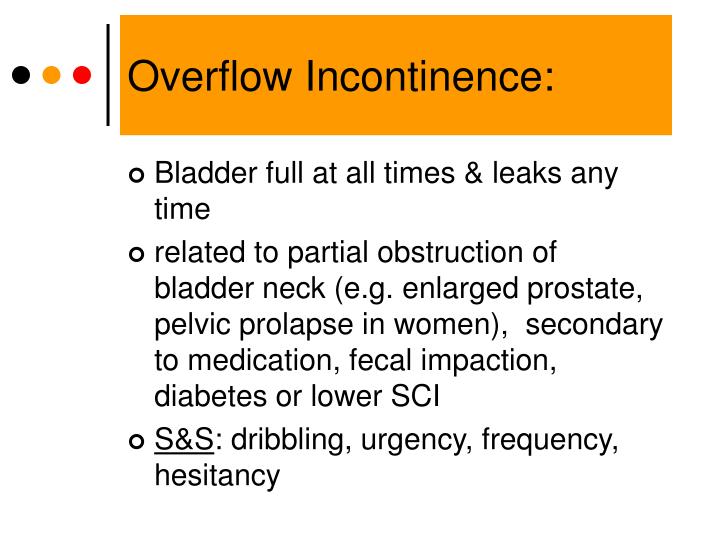

The impulses travel to the tibial nerve and then to the sacral nerve, which controls bladder control and function. During the procedure, a small, slim needle electrode is inserted near your tibial nerve and connected to a battery-powered stimulator. This therapy is designed to stimulate the nerves responsible for bladder control using the tibial nerve in your lower leg.

#Treatments for overflow incontinence skin
With this therapy, a small device the size of a pacemaker is placed under the skin in your hip area. Botox generally is prescribed only if medications or conservative treatments haven't been successful. Injections of Botox into the bladder muscle may benefit you if you have an overactive bladder. If you have had little luck with other incontinence interventions, you may need to consider these interventional therapies: Your health care provider will help you determine which is right for you and your condition. This is a newer category of medications, and your insurance provider may require that you try other conservative or medication options first. It also may increase the amount you are able to urinate at one time instead of small amounts more frequently. This category of medications relaxes the bladder muscle and can increase the amount of urine your bladder can hold. There are a few side effects to be aware of, including dry mouth and eyes, constipation and difficulty completely emptying your bladder. These medications help relax your bladder, and can be helpful for urge incontinence and overactive bladder. There are two primary categories of medications used to treat urge incontinence, including: Also known as Kegels, these exercises are especially effective for stress incontinence but also may help urge incontinence. Hard, compacted stool in your rectum can cause these nerves to be overactive and increase urinary frequency.Ī therapist can explain different exercises to do to strengthen the muscles that help control urination. Your rectum is located near your bladder and shares many of the same nerves. Also, the acids in carbonated drinks and some foods can irritate your bladder and cause you to go more often.įor some people, urinary incontinence is a symptom of constipation. Caffeine prompts your body to get rid of fluids, which causes you to need to urinate. In addition, limit the amount of carbonated drinks and acidic foods, such as oranges and pineapples, in your diet. Try to eliminate or cut back on how much caffeine you consume, such as in coffee and tea.

Conservative ways to treat urinary incontinence include: Fortunately, there are many different treatment options for urge continence ranging from conservative to more invasive.

Urinary incontinence is more common among women with approximately 17% of women and 3% to 11% of men experiencing urge incontinence at some point in their lives. You may need to urinate often, including throughout the night. One of the most common types is urge incontinence, which is characterized by a sudden, intense urge to urinate followed by an involuntary loss of urine. There are many different types of urinary incontinence - the loss of bladder control.


 0 kommentar(er)
0 kommentar(er)
